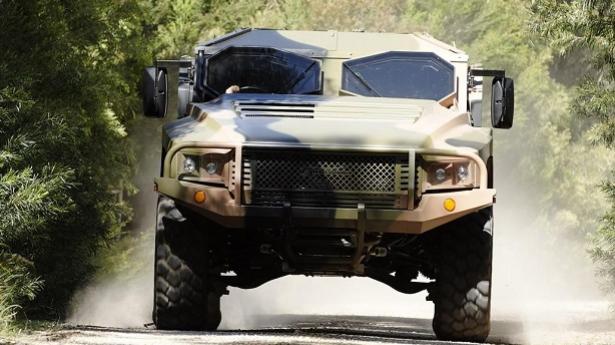Batteries and their various technologies are an essential part of our mobile society with seemingly every day a new battery technology being introduced. For example, 3M said that it has collaborated with Nanoscale Components to use a process designed to increase the lithium content in Li-ion battery anodes. It will help cell manufacturers to make batteries that hold more energy in less space/weight by using high capacity anode materials like 3M’s silicon alloy anode. This process will increase battery energy by 40%, when matched to high-energy cathodes. The company says it has demonstrated cells that hold 1,200 mAh/g, which is 3x the capacity of state-of-the-art graphite anodes used today. For more information http://www.3m.com/batterymaterials

The new pin-shaped battery from Panasonic
Panasonic took a known and commonly used Li-ion rechargeable technology and put it into a pin shape that targets wearable devices. Seems easy enough but the company took it to another level by figuring out how to provide the amp-hours and voltage needed by wearable devices. The CG-320 provides 13 mAh and 3.75 V. This product makes it possible to operate devices that require high output that would not be possible with current small primary lithium batteries, and also allows Bluetooth and other NFC with smart phones. The battery is also the smallest in the industry in terms of capacity by volume, at one twentieth of an AAA-size battery (3.5-mm diameter vs 10.5 mm, and a height of 20 mm vs 44.5 mm). This size battery is suitable as a power source for spectacles-shaped, pen-shaped and other slim devices. For more information http://news.panasonic.net/archives/2014/1007_29437.html#r=s
Tadiran and Saft both provide batteries for the military, which by definition means that they need to withstand extreme conditions including rugged use and high/low temperatures. Tadiran’s TLM military grade batteries, a family of rugged, high energy lithium metal oxide batteries developed specifically for military and aerospace applications. These cylindrical batteries feature an open circuit voltage of 4V, with a discharge capacity of 500 mAh (20 mA at 2.8V RT), capable of handling 5A continuous pulses and 15A maximum high current pulses. These batteries are constructed with a carbon-based anode, multi metal oxide cathode, organic electrolyte, and shut-down separator for enhanced safety. TLM Military Grade batteries also feature low self-discharge and a wide operating temperature range of -40°C to 85°C. http://www.tadiran.com/index.php/tlm-military-grade-batteries

The Tadiran TLM, lithium metal oxide military-grade batteries
But the military is also looking to Li-ion to power up military vehicles as indicated by a recent order for Saft Li-ion batteries to power the Hawkei military tactical vehicles. The order signals the growing adoption of Li-ion technology for use in high-power military vehicle applications. The battery system features an advanced, lightweight design within the dimensions of a traditional lead-acid battery, enabling easy integration into the vehicle. It will power starting, lights, ignition and silent watch capabilities for the Hawkei vehicle. http://www.saftbatteries.com/force_download/CP_09_15_Eng.pdf

The Saft Li-ion batteries target next-gen defense vehicles like this Hawkei
Advertisement





